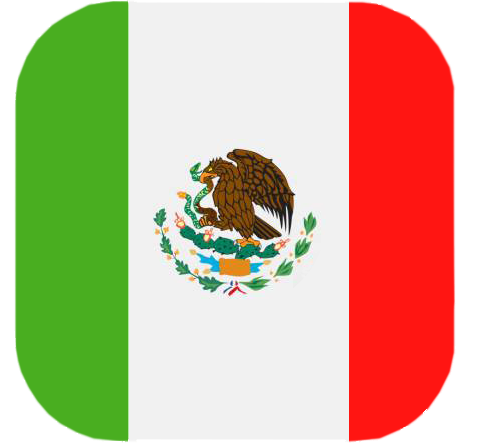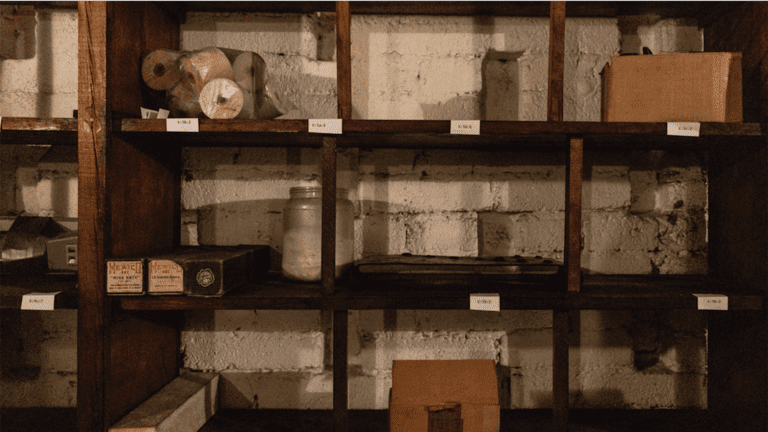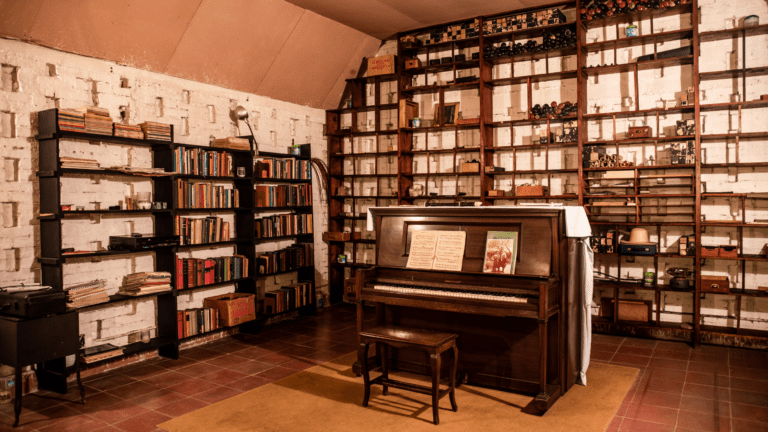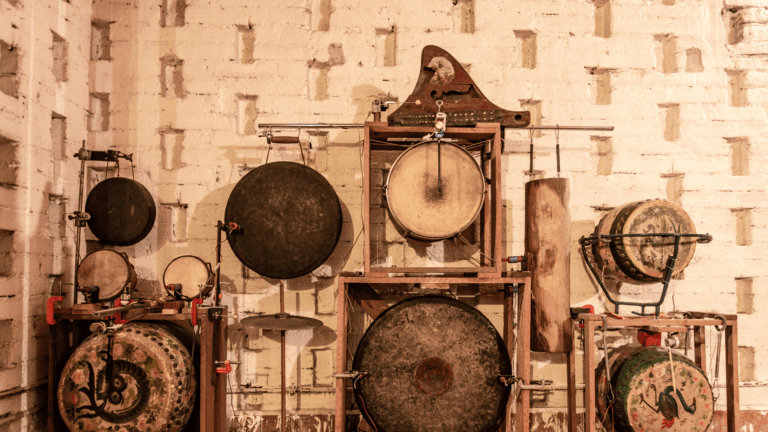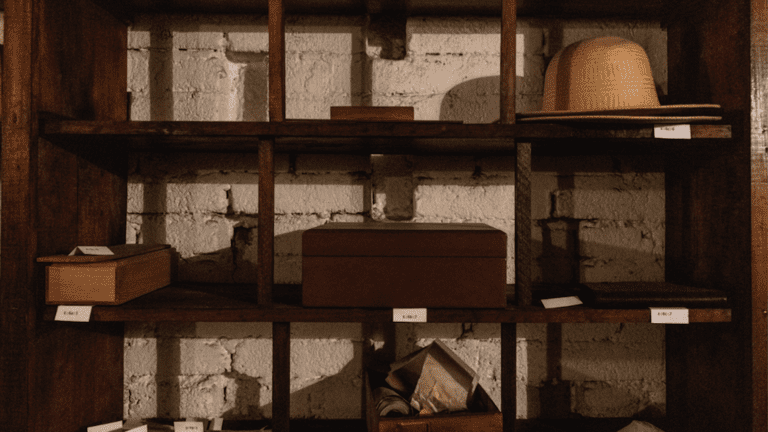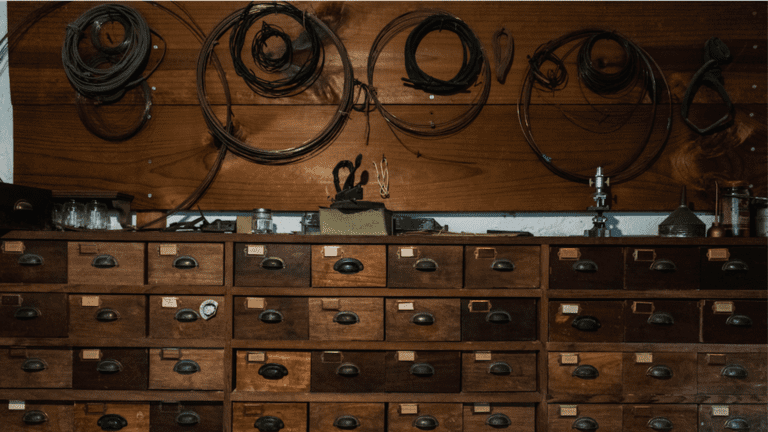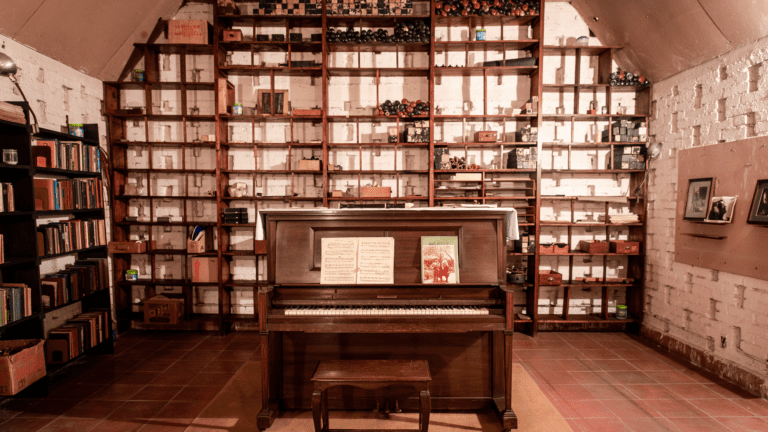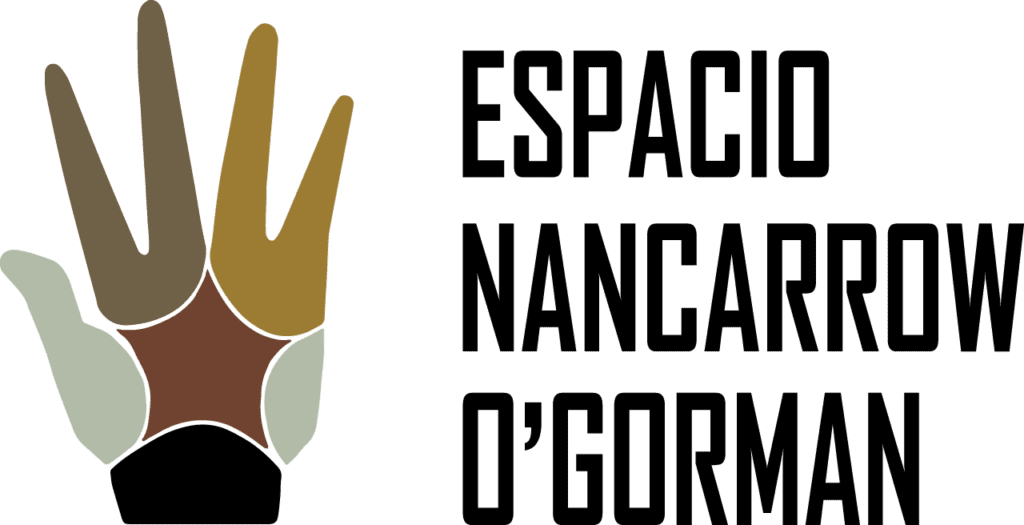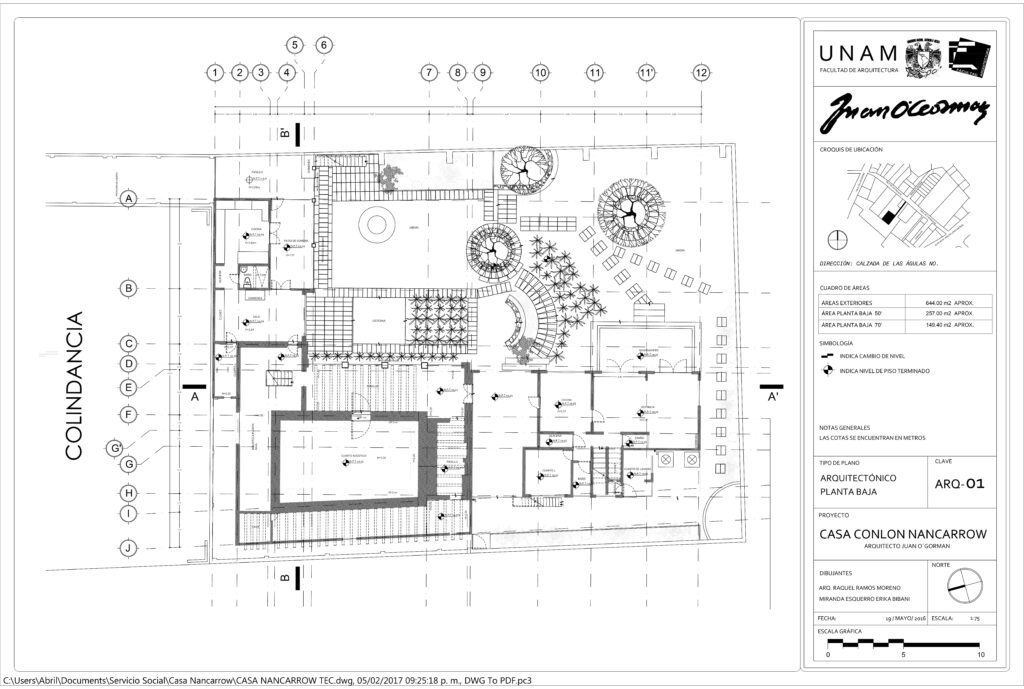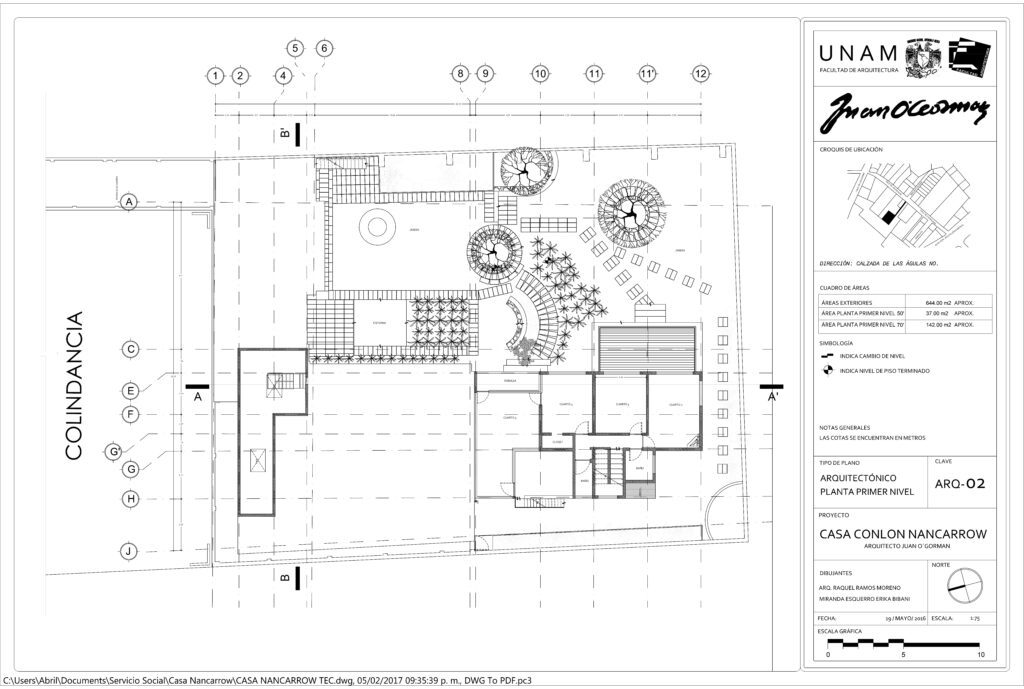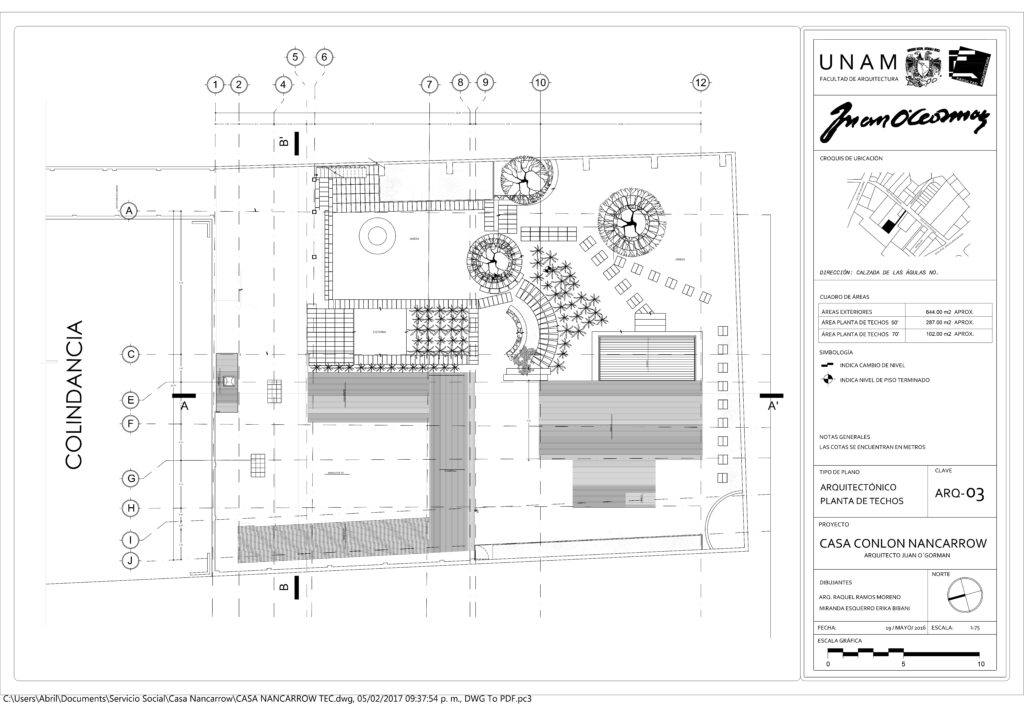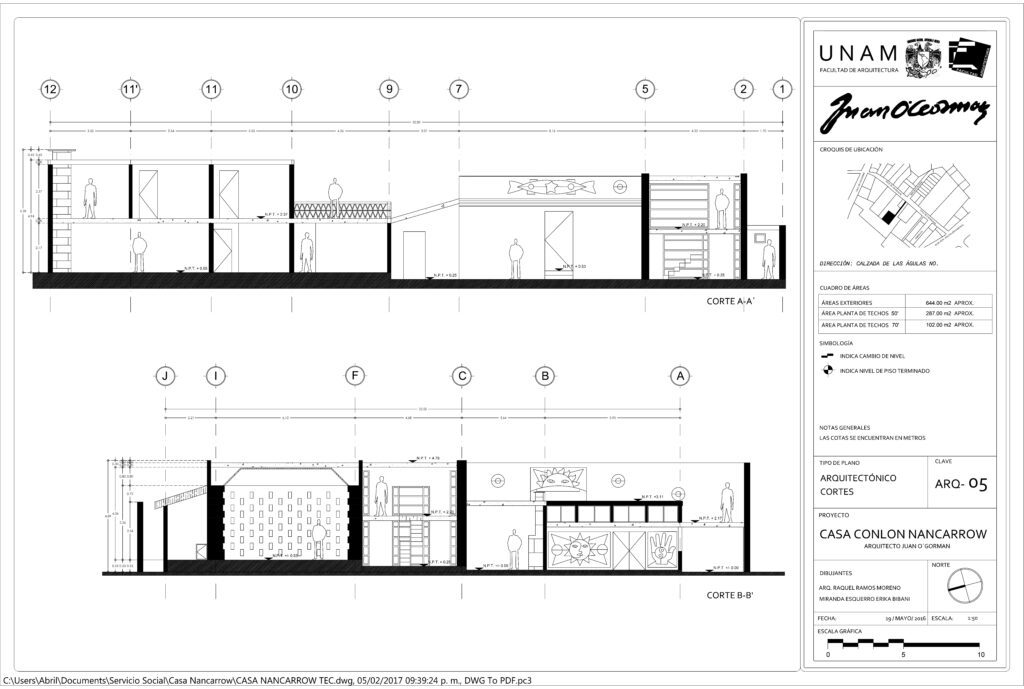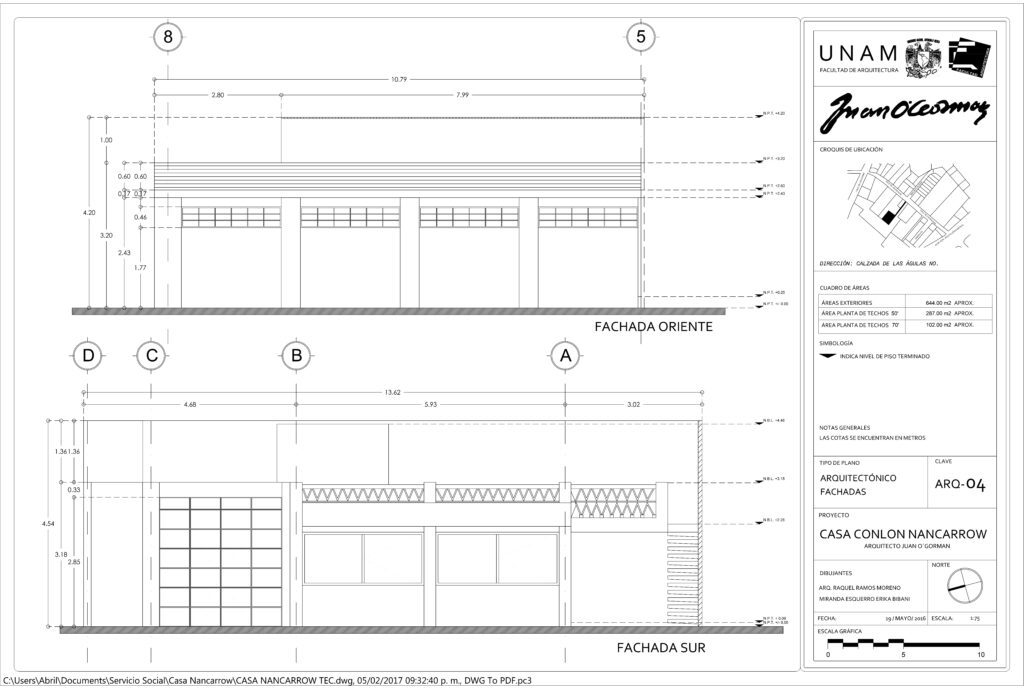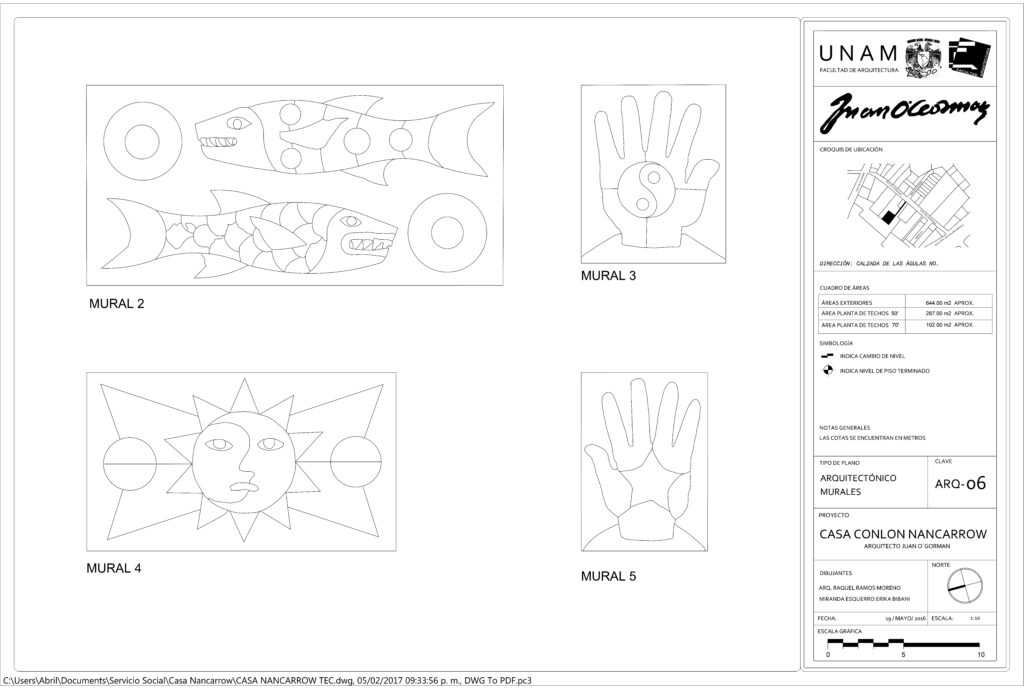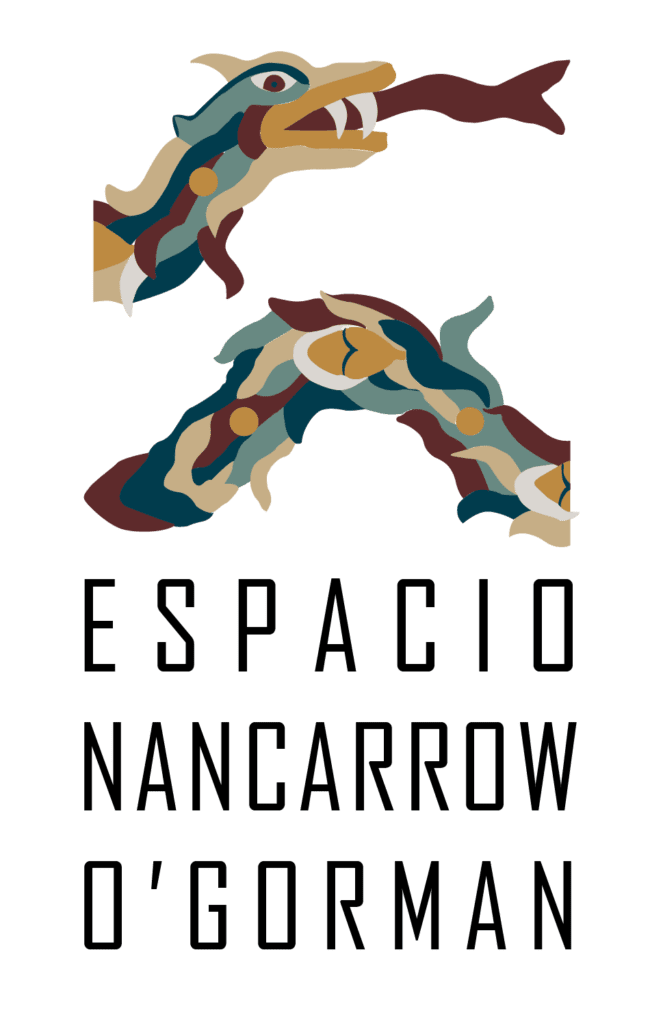- Home
- About us
- community
- Activities
- What’s On?
- Performed Activities
- Concerts
- Exhibitions
- Exposición de arte de IA Pioneros y expansión del arte de IA-Piano
- Exposición virtual Juan O´Gorman vestigios de arquitectura escolar
- Exposición Arqueologías. Artista: Eloy Tarcisio
- Tierra incógnita
- Ofrenda Casa-estudio Conlon Nancarrow
- Juan O’Gorman y su casa cueva
- Arquitectura rebelde
- Del trazo a la materia
- Conferences
- XL Simposium Internacional
- Conferencia La escultura de Angela Gurria
- Charla Explorando el legado de Juan O´Gorman
- Caja de tiempo y sonido. La casa estudio Conlon Nancarrow
- Las casas de la Ciudad de México
- Charla Pensar la arquitectura desde los afectos y la memoria
- Charla Espacio Nancarrow O´Gorman sobre las potencialidades sociales del arte y la labor
- Charla ¿Qué sí es y qué no es arte?
- Juan O´Gorman. Preguntas y respuestas con Adriana Sandoval.
- Entrevista a Mtra. Adriana Sandoval
- Charla Arte, subversión y resistencia
- Charla Escultura y Arquitectura
- Juan O´Gorman. Arquitectura, memoria y acción
- Primer Congreso de Pensamiento Crítico y Muralismo
- La memoria de las piedras
- Workshops
- Public Space
- Distinctions
- Precedents
- Link-up
- Inter-institutional Link
- Social Linkage
- Rifa de nacimiento
- Presentación del libro Revolución y Diseño
- Experiencia culinaria desarrollada por Santo Miguelito
- Experiencia culinaria
- Recaudación para el día del niño y la niña
- Argelia Matus. Contar el polvo de la tierra
- Identidad y comunidad en la gráfica
- Introducción a la técnica del stencil
- Maricarmen Graue Talk
- Talk about artistic appreciation in public space
- Press
- Press kit
- Archive
- In Praise of Caves
- Artículos Exposición Centro Cultural Jaime Torres
- Artículos sobre Conlon Nancarrow
- Artículos exposición Casa de la Primera Imprenta en América UAM
- Artículos exposición Tierra incógnita
- Artículos exposición Bellas Artes
- Artículos sobre Juan O’Gorman
- Artículos sobre casa-estudio Conlon Nancarrow
- Artículos exposición Universidad Iberoamricana
- Amistades Estructurales
- Special Programs
Menu
- Home
- About us
- community
- Activities
- What’s On?
- Performed Activities
- Concerts
- Exhibitions
- Exposición de arte de IA Pioneros y expansión del arte de IA-Piano
- Exposición virtual Juan O´Gorman vestigios de arquitectura escolar
- Exposición Arqueologías. Artista: Eloy Tarcisio
- Tierra incógnita
- Ofrenda Casa-estudio Conlon Nancarrow
- Juan O’Gorman y su casa cueva
- Arquitectura rebelde
- Del trazo a la materia
- Conferences
- XL Simposium Internacional
- Conferencia La escultura de Angela Gurria
- Charla Explorando el legado de Juan O´Gorman
- Caja de tiempo y sonido. La casa estudio Conlon Nancarrow
- Las casas de la Ciudad de México
- Charla Pensar la arquitectura desde los afectos y la memoria
- Charla Espacio Nancarrow O´Gorman sobre las potencialidades sociales del arte y la labor
- Charla ¿Qué sí es y qué no es arte?
- Juan O´Gorman. Preguntas y respuestas con Adriana Sandoval.
- Entrevista a Mtra. Adriana Sandoval
- Charla Arte, subversión y resistencia
- Charla Escultura y Arquitectura
- Juan O´Gorman. Arquitectura, memoria y acción
- Primer Congreso de Pensamiento Crítico y Muralismo
- La memoria de las piedras
- Workshops
- Public Space
- Distinctions
- Precedents
- Link-up
- Inter-institutional Link
- Social Linkage
- Rifa de nacimiento
- Presentación del libro Revolución y Diseño
- Experiencia culinaria desarrollada por Santo Miguelito
- Experiencia culinaria
- Recaudación para el día del niño y la niña
- Argelia Matus. Contar el polvo de la tierra
- Identidad y comunidad en la gráfica
- Introducción a la técnica del stencil
- Maricarmen Graue Talk
- Talk about artistic appreciation in public space
- Press
- Press kit
- Archive
- In Praise of Caves
- Artículos Exposición Centro Cultural Jaime Torres
- Artículos sobre Conlon Nancarrow
- Artículos exposición Casa de la Primera Imprenta en América UAM
- Artículos exposición Tierra incógnita
- Artículos exposición Bellas Artes
- Artículos sobre Juan O’Gorman
- Artículos sobre casa-estudio Conlon Nancarrow
- Artículos exposición Universidad Iberoamricana
- Amistades Estructurales
- Special Programs
- Home
- About us
- community
- Activities
- What’s On?
- Performed Activities
- Concerts
- Exhibitions
- Exposición de arte de IA Pioneros y expansión del arte de IA-Piano
- Exposición virtual Juan O´Gorman vestigios de arquitectura escolar
- Exposición Arqueologías. Artista: Eloy Tarcisio
- Tierra incógnita
- Ofrenda Casa-estudio Conlon Nancarrow
- Juan O’Gorman y su casa cueva
- Arquitectura rebelde
- Del trazo a la materia
- Conferences
- XL Simposium Internacional
- Conferencia La escultura de Angela Gurria
- Charla Explorando el legado de Juan O´Gorman
- Caja de tiempo y sonido. La casa estudio Conlon Nancarrow
- Las casas de la Ciudad de México
- Charla Pensar la arquitectura desde los afectos y la memoria
- Charla Espacio Nancarrow O´Gorman sobre las potencialidades sociales del arte y la labor
- Charla ¿Qué sí es y qué no es arte?
- Juan O´Gorman. Preguntas y respuestas con Adriana Sandoval.
- Entrevista a Mtra. Adriana Sandoval
- Charla Arte, subversión y resistencia
- Charla Escultura y Arquitectura
- Juan O´Gorman. Arquitectura, memoria y acción
- Primer Congreso de Pensamiento Crítico y Muralismo
- La memoria de las piedras
- Workshops
- Public Space
- Distinctions
- Precedents
- Link-up
- Inter-institutional Link
- Social Linkage
- Rifa de nacimiento
- Presentación del libro Revolución y Diseño
- Experiencia culinaria desarrollada por Santo Miguelito
- Experiencia culinaria
- Recaudación para el día del niño y la niña
- Argelia Matus. Contar el polvo de la tierra
- Identidad y comunidad en la gráfica
- Introducción a la técnica del stencil
- Maricarmen Graue Talk
- Talk about artistic appreciation in public space
- Press
- Press kit
- Archive
- In Praise of Caves
- Artículos Exposición Centro Cultural Jaime Torres
- Artículos sobre Conlon Nancarrow
- Artículos exposición Casa de la Primera Imprenta en América UAM
- Artículos exposición Tierra incógnita
- Artículos exposición Bellas Artes
- Artículos sobre Juan O’Gorman
- Artículos sobre casa-estudio Conlon Nancarrow
- Artículos exposición Universidad Iberoamricana
- Amistades Estructurales
- Special Programs
Menu
- Home
- About us
- community
- Activities
- What’s On?
- Performed Activities
- Concerts
- Exhibitions
- Exposición de arte de IA Pioneros y expansión del arte de IA-Piano
- Exposición virtual Juan O´Gorman vestigios de arquitectura escolar
- Exposición Arqueologías. Artista: Eloy Tarcisio
- Tierra incógnita
- Ofrenda Casa-estudio Conlon Nancarrow
- Juan O’Gorman y su casa cueva
- Arquitectura rebelde
- Del trazo a la materia
- Conferences
- XL Simposium Internacional
- Conferencia La escultura de Angela Gurria
- Charla Explorando el legado de Juan O´Gorman
- Caja de tiempo y sonido. La casa estudio Conlon Nancarrow
- Las casas de la Ciudad de México
- Charla Pensar la arquitectura desde los afectos y la memoria
- Charla Espacio Nancarrow O´Gorman sobre las potencialidades sociales del arte y la labor
- Charla ¿Qué sí es y qué no es arte?
- Juan O´Gorman. Preguntas y respuestas con Adriana Sandoval.
- Entrevista a Mtra. Adriana Sandoval
- Charla Arte, subversión y resistencia
- Charla Escultura y Arquitectura
- Juan O´Gorman. Arquitectura, memoria y acción
- Primer Congreso de Pensamiento Crítico y Muralismo
- La memoria de las piedras
- Workshops
- Public Space
- Distinctions
- Precedents
- Link-up
- Inter-institutional Link
- Social Linkage
- Rifa de nacimiento
- Presentación del libro Revolución y Diseño
- Experiencia culinaria desarrollada por Santo Miguelito
- Experiencia culinaria
- Recaudación para el día del niño y la niña
- Argelia Matus. Contar el polvo de la tierra
- Identidad y comunidad en la gráfica
- Introducción a la técnica del stencil
- Maricarmen Graue Talk
- Talk about artistic appreciation in public space
- Press
- Press kit
- Archive
- In Praise of Caves
- Artículos Exposición Centro Cultural Jaime Torres
- Artículos sobre Conlon Nancarrow
- Artículos exposición Casa de la Primera Imprenta en América UAM
- Artículos exposición Tierra incógnita
- Artículos exposición Bellas Artes
- Artículos sobre Juan O’Gorman
- Artículos sobre casa-estudio Conlon Nancarrow
- Artículos exposición Universidad Iberoamricana
- Amistades Estructurales
- Special Programs









